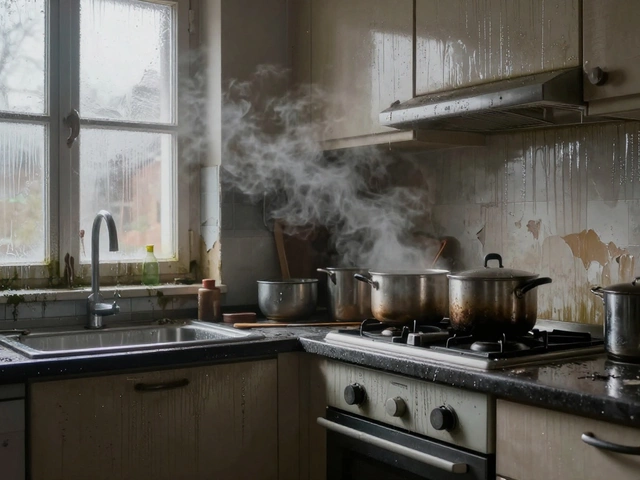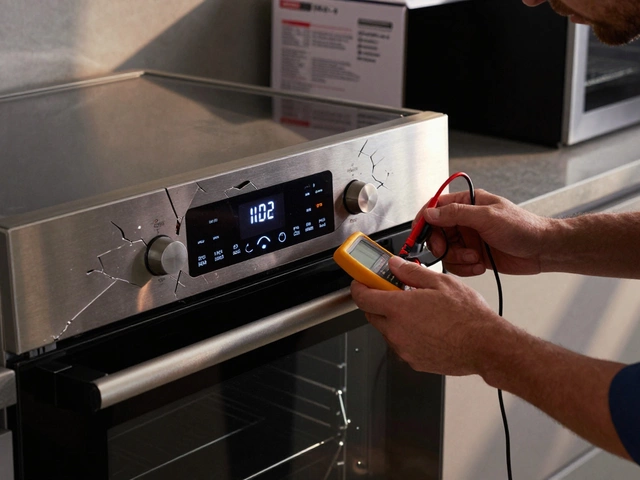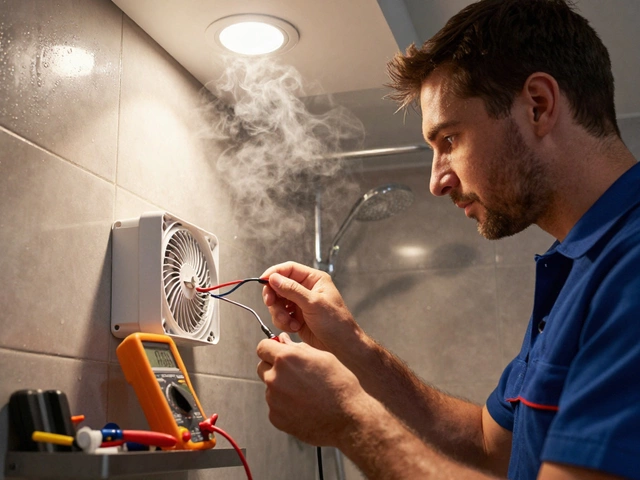Old Laptops: Repair, Troubleshoot, and Know When to Replace
If your laptop is a few years old and starts acting up, you’re probably wondering whether a cheap fix will do or if it’s time to buy a new one. The good news is most problems can be solved without ripping out the motherboard, but you need to know what to look for.
Common Problems with Old Laptops
Slow performance is the most obvious sign that something’s wrong. Over time, dust builds up inside, the fan gets noisy, and heat builds up. When a laptop runs hot, the CPU throttles down and everything feels sluggish.
Battery life drops dramatically after a couple of years. If you notice the charge dropping from 100% to 20% in an hour, the cells are likely worn out. Swollen batteries are a safety risk; replace them immediately.
Screen flicker or dead pixels often mean a loose cable or a failing backlight. If the screen goes black after you move the lid, the hinge cable may be worn.
Keyboard keys sticking or not registering is usually caused by debris or worn-out switches. On older models, the rubber dome can harden.
Hard drive failures are common in laptops that still use HDDs. Listen for clicking sounds, or run a quick check with built‑in diagnostics – a failing drive will cause freezes and data loss.
DIY Fixes and When to Call a Pro
Start with a clean‑up. Turn the laptop off, remove the battery (if removable), and use compressed air to blow dust out of the vents and fan. A clean fan lowers temperature and can restore speed.
Update the operating system and drivers. Old laptops often run old software that conflicts with newer updates, causing crashes. A fresh install of the OS can also wipe out hidden bugs.
If the battery is the issue, most manufacturers sell sealed replacement packs. Swap it out yourself if the laptop has a user‑replaceable battery; otherwise, let a technician handle it.
For a slow hard drive, back up your files and replace the HDD with an SSD. The upgrade is cheap and dramatically speeds up boot times. You’ll need a screwdriver and a cloning tool, but many online guides walk you through the process step‑by‑step.
Screen problems often need a professional. The display cable is tiny and sits under pressure from the lid. A mis‑aligned cable can be fixed, but a cracked screen must be replaced.
When you’ve tried cleaning, updating, and swapping easy parts and the laptop still lags, heats up, or crashes, it’s time to call a repair service. Technicians can test the motherboard, replace soldered components, and diagnose issues you can’t see.
Finally, weigh the repair cost against the price of a new laptop. If a single major part (like the motherboard) costs more than 60% of a comparable new model, replace it. Otherwise, fixing an old laptop can extend its life by a few more years and save you money.
Old laptops don’t have to become junk. With a bit of clean‑up, smart upgrades, and knowing when to seek help, you can keep your machine running smoothly or decide the right moment to upgrade.
10 April 2025
·
0 Comments
Deciding whether to keep a 10-year-old laptop can be tricky. With technology advancing rapidly, these devices often seem outdated. However, they can still be useful with the right upgrades and maintenance. Discover how a few tweaks might breathe new life into your trusty old laptop, extending its functionality for today’s needs.
Read more






